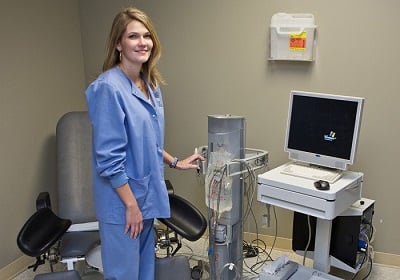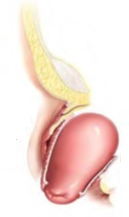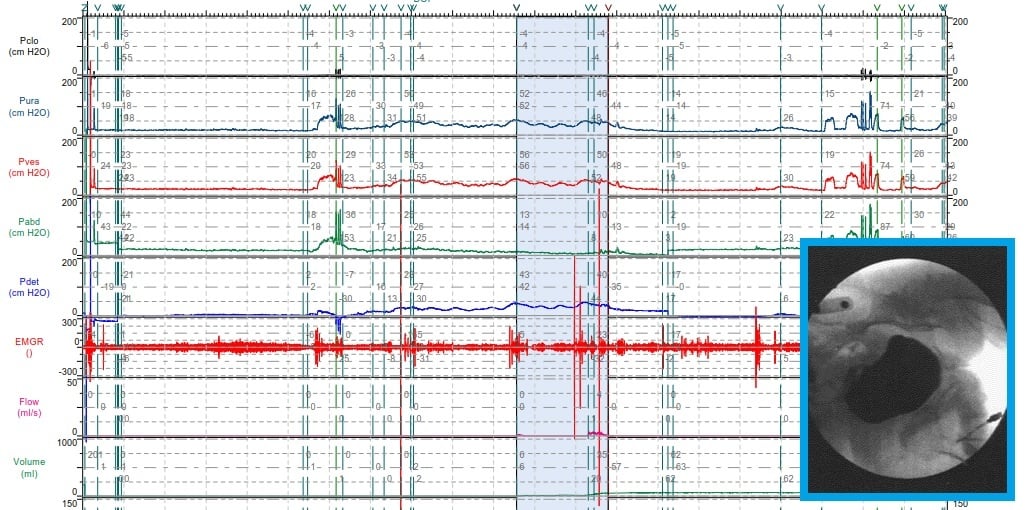Urodynamics testing is considered the gold standard for assessing disorders of the lower urinary tract. However, knowing exactly when to prescribe a urodynamics test can be confusing depending on which published guidelines are followed. Here, urodynamic assessment and when these tests should be prescribed will be discussed.











